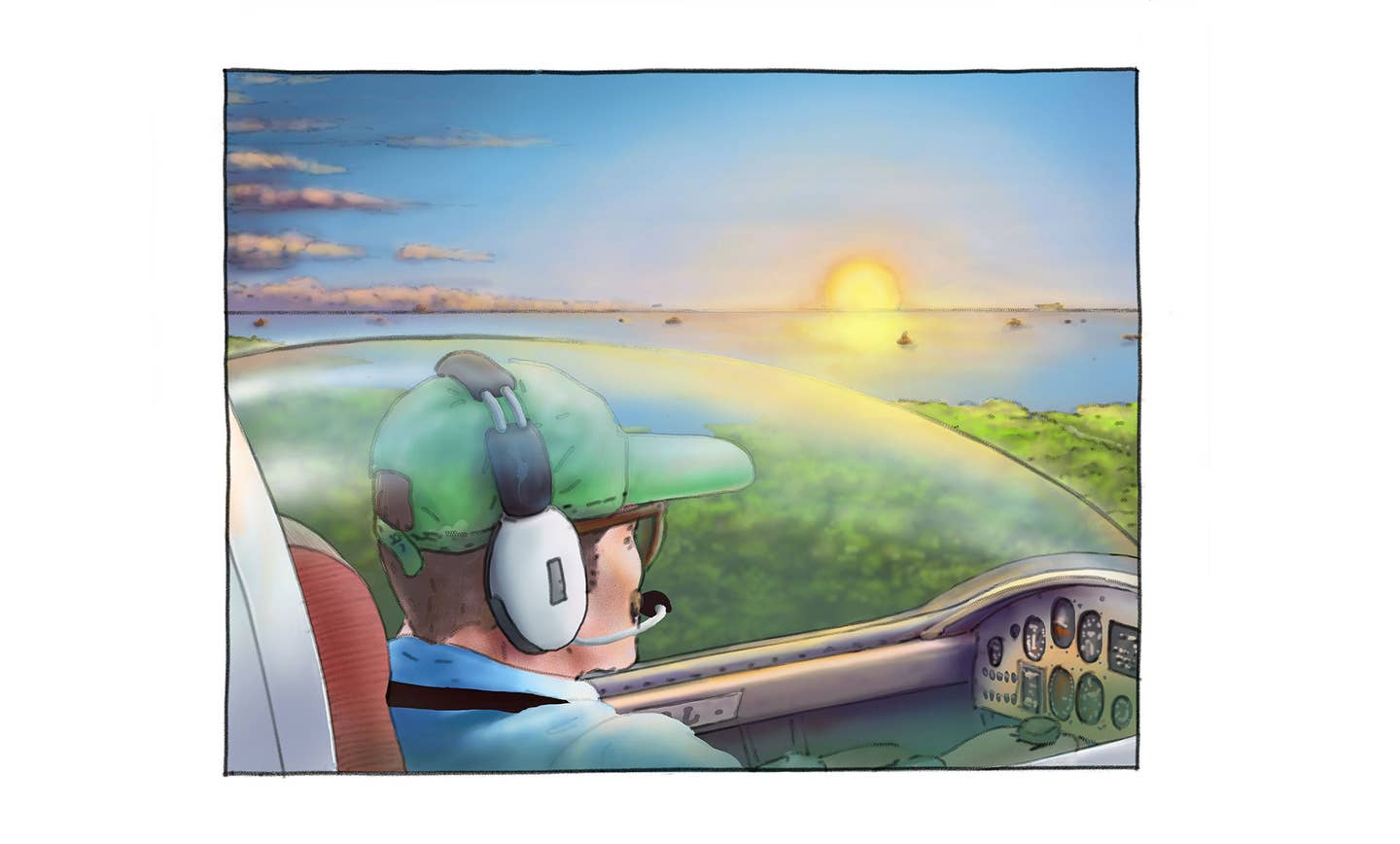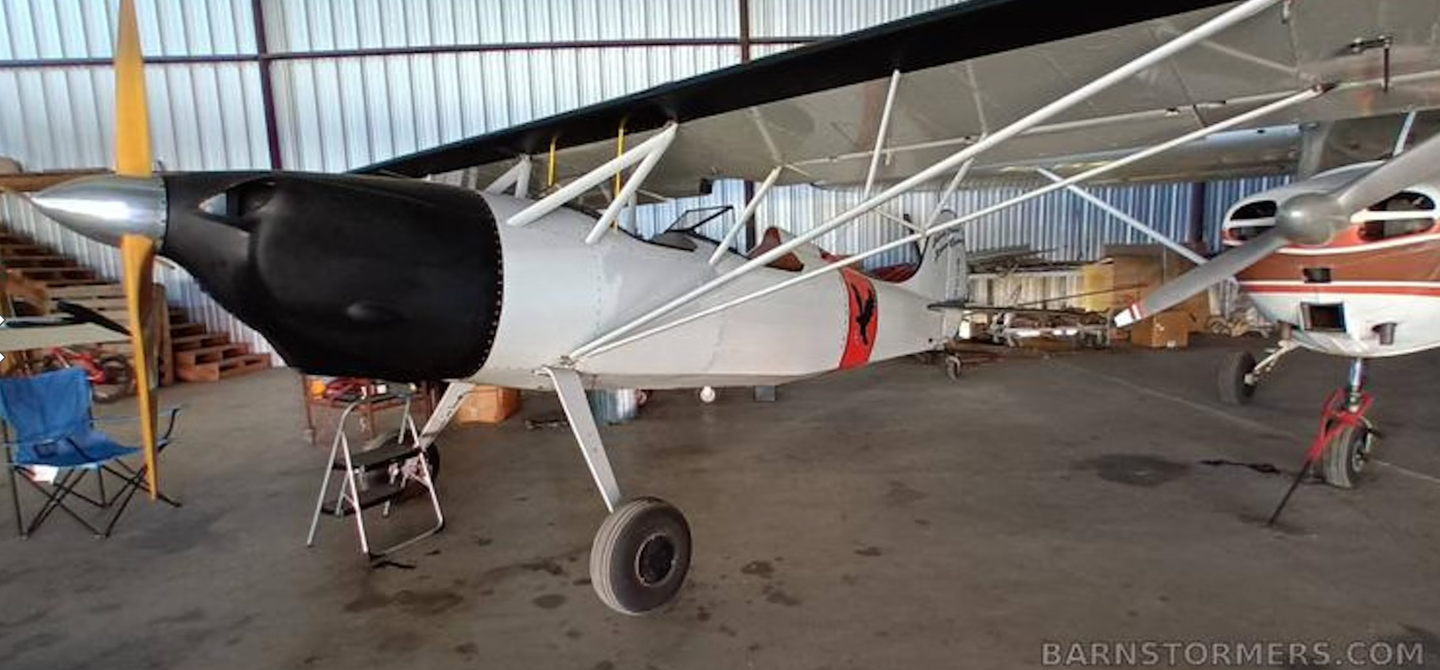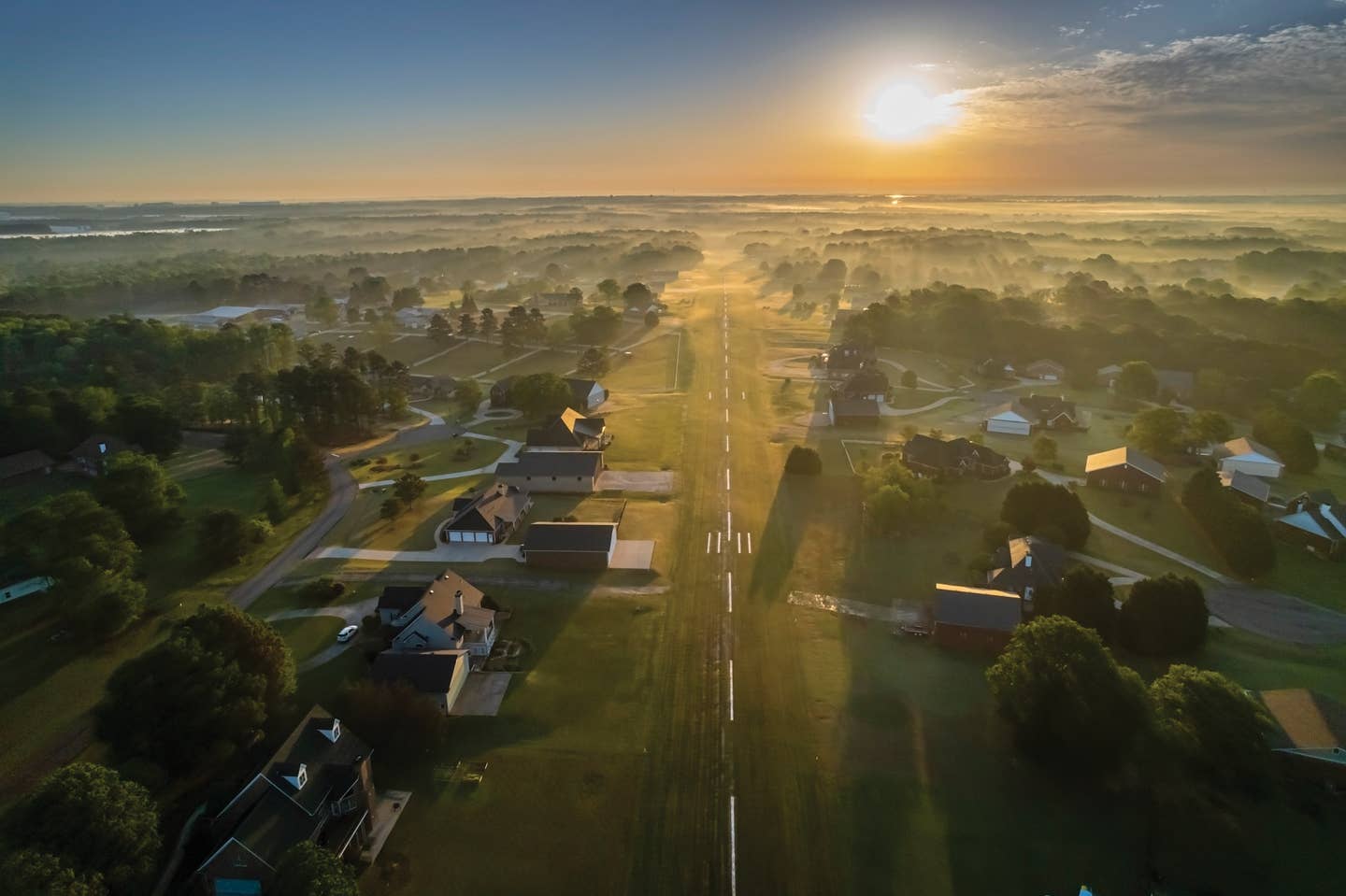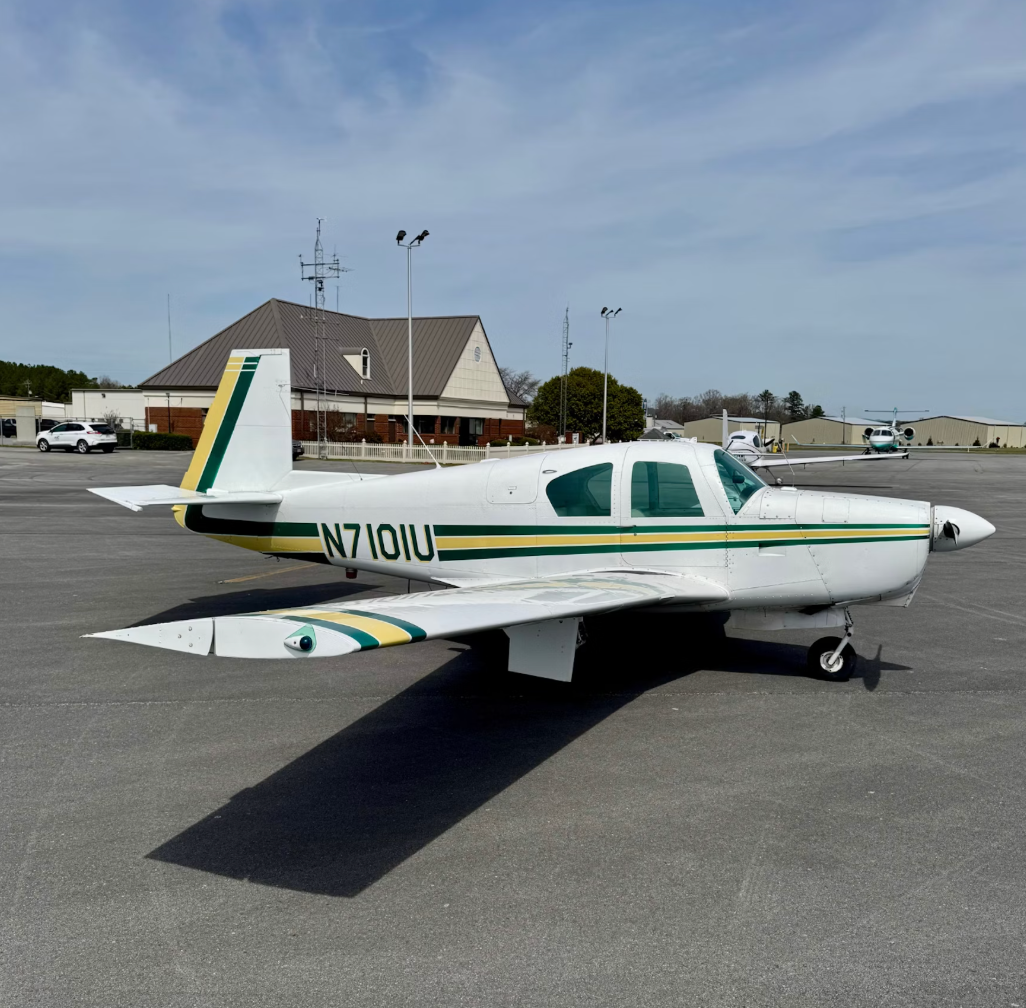Traffic Avoidance
It’s rare for planes to run into each other in the vast skies above, but when they do, it’s almost always catastrophic. And it often inspires regulatory change. It was…

It's rare for planes to run into each other in the vast skies above, but when they do, it's almost always catastrophic. And it often inspires regulatory change. It was the 1956 collision between a Douglas DC-7 and a Lockheed Constellation over the Grand Canyon, killing all 128 aboard the two planes, that launched the creation of a nationwide radar network and the Federal Aviation Administration. In subsequent years, mid-air collisions in the skies above Cerritos and San Diego, California, drove additional layers of regulation, including mandatory equipment installation for planes that fly in busy airspace.
For most of these advancements, larger military and commercial aircraft were the first to get robust anti-collision technologies. But in this case, the adoption by the FAA of mandatory transponder equipage went from the bottom to the top of the aviation food chain. The Mode C transponders sent regular, individually identifiable signals to help controllers keep track of where planes were, so they could issue heading clearances to keep the potentially conflicting traffic targets from merging in the worst way.
Later, the FAA mandated collision avoidance systems, TCAS and TCAS II, for airliners and other large planes, the latter taking emergency, last-ditch collision avoidance out of the hands of the controllers and issuing direct clearances to the two planes involved to keep them from colliding. In recent years, even smaller planes got collision-avoidance gear, including the early TCAD system from Ryan and, later, more capable active traffic systems from companies like Avidyne and Garmin.
Finally, the introduction of mandatory ADS-B in 2020 gave controllers and pilots new tools to individually identify and route traffic to keep potential conflict to a minimum while using satellite tracking to provide extremely accurate, up-to-the-second position information, including altitude, to all involved.

Subscribe to Our Newsletter
Get the latest Plane & Pilot Magazine stories delivered directly to your inbox






